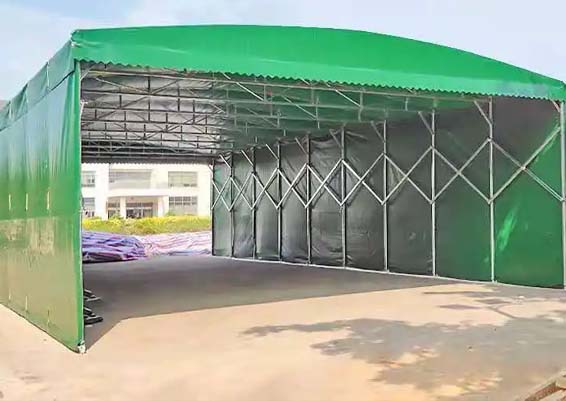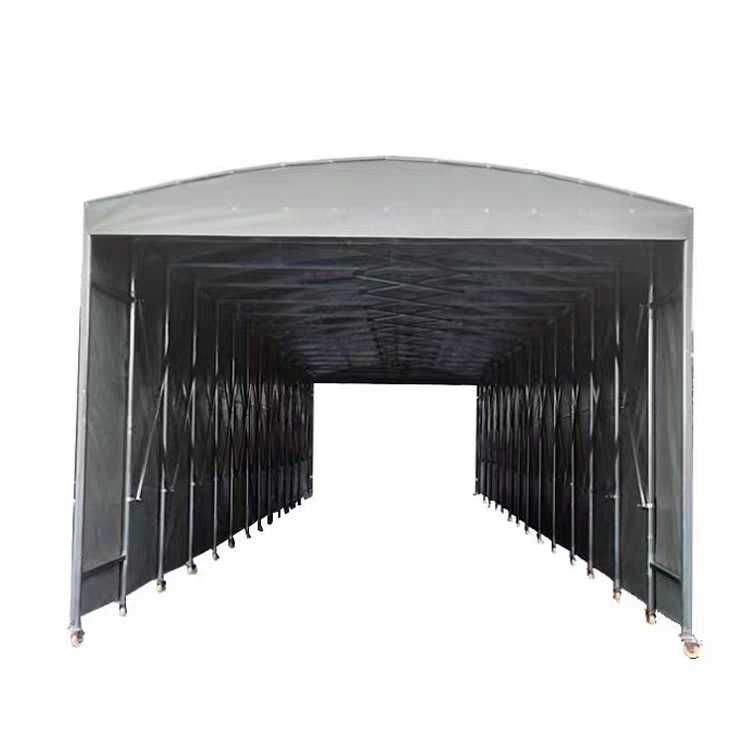An Analysis of Awning Safety
The safety of canopies, as an ancillary structure of buildings, is of utmost importance. Whether used for homes, commercial buildings, or public spaces, the design and installation of canopies must ensure stability and durability under various environmental conditions. The following is a detailed analysis of canopy safety, covering material selection, structural design, installation process, and maintenance requirements.
Material Selection
The safety of a canopy primarily depends on the quality and suitability of the materials used. Common canopy materials include aluminium alloy, steel, wood, and polycarbonate. Aluminium alloy is widely used due to its lightweight and corrosion-resistant properties, making it suitable for most environmental conditions. Steel offers greater strength but requires rust-proof treatment to prevent corrosion. Wood, although aesthetically pleasing, needs to be treated for rot and insect resistance. Polycarbonate is widely applied for its excellent light transmission and impact resistance. Choosing the right material involves not only considering its physical properties but also ensuring it meets relevant safety standards.
Structural Design
The structural design of a canopy directly affects its safety. Design considerations should include wind load, snow load, and rainwater drainage. The canopy should have a sufficient slope to facilitate effective drainage and prevent structural damage caused by water accumulation. In windy or snowy regions, the support structure of the canopy must be robust enough to withstand extreme weather conditions. Retractable canopies require special attention to the durability and stability of their mechanical components to prevent malfunction during use.

Installation Process
Proper installation is a crucial step in ensuring canopy safety. The installation should strictly adhere to the manufacturer's instructions, ensuring all connectors and fasteners are securely installed. Appropriate tools and fittings should be used to avoid loosening or damage due to improper installation. For large or complex canopies, it is advisable to have them installed by professionals to ensure compliance with safety standards and design requirements.
Maintenance Requirements
Regular maintenance is essential for maintaining canopy safety. Periodically inspect the canopy's fasteners, supports, and material surfaces, and promptly repair or replace damaged components. Clear the canopy surface of accumulated water, leaves, and other debris to prevent excessive load leading to structural deformation or damage. After extreme weather, check the canopy for any damage to ensure its safety for future use.
Conclusion
The safety of canopies involves multiple aspects, including material selection, structural design, installation process, and routine maintenance. By selecting high-quality materials, employing reasonable design, ensuring professional installation, and conducting regular maintenance, canopies can provide safe and reliable protection under different environmental conditions. Whether for domestic use or commercial application, ensuring canopy safety not only protects the building structure but also safeguards the users.


Customized service for you.
Mobile phone 13622131883
Tel: 022 59060718
Email: info@jscano.com
Address: RM1013, Zhe Shang Building. Ying Bin Ave No.1988, Tianjin